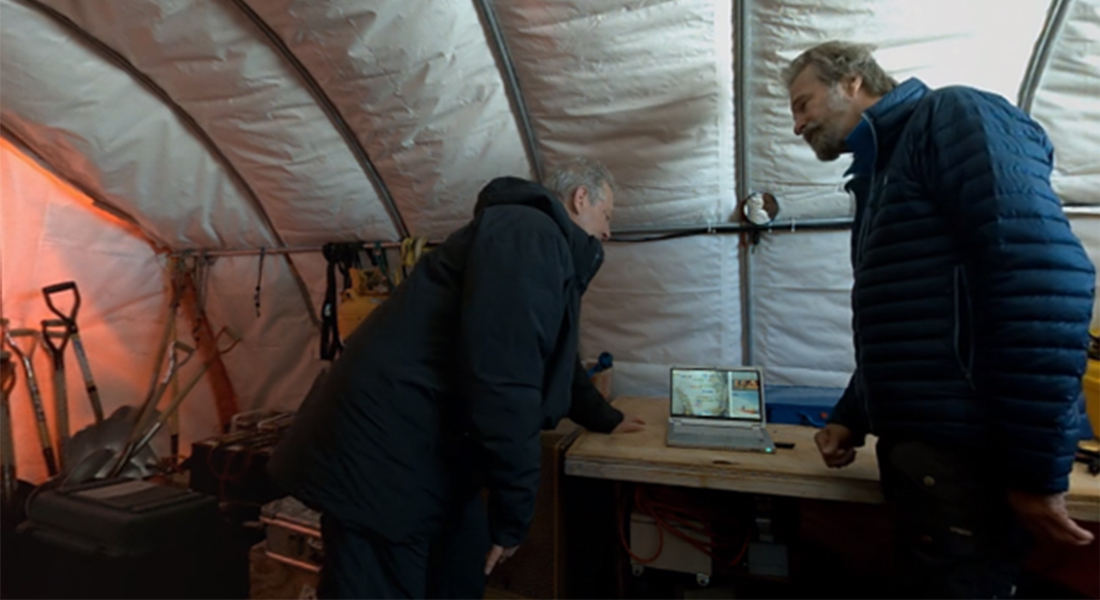Virtual field trips

This study describes and investigates the immersion principle in multimedia learning. A sample of 102 middle school students took a virtual field trip to Greenland via a head mounted display (HMD) or a 2D video as an introductory lesson within a 6-lesson inquiry-based climate change intervention. The HMD group scored significantly higher than the video group on presence (d = 1.43), enjoyment (d = 1.10), interest (d = .57), and retention in an immediate (d = .61) and delayed post test (d = .70). A structural equation model indicated that enjoyment mediated the pathway from instructional media to immediate post test, and interest mediated the pathway from instructional media to delayed post test score, indicating that these factors may play different roles in the learning process with immersive media. This work contributes to the cognitive affective model of immersive learning, and suggests that immersive lessons can have positive longitudinal effects for learning.
See publications related to this project here:
